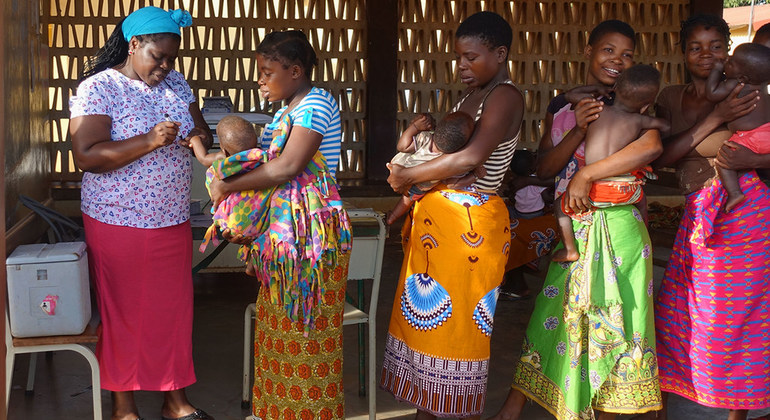Kenya, Mozambique and Niger curbed different outbreaks of vaccine-derived poliovirus over the past 24 months which affected 14 children.
Although wild poliovirus virus has not been detected in Africa since 2016, roughly 12 countries are currently facing outbreaks of vaccine-derived poliovirus.
“Ending outbreaks in the three countries is proof that response activities along with high quality immunization campaigns and vigilant disease surveillance can stop the remaining outbreaks in the region”, said Dr. Modjirom Ndoutabe, coordinator of WHO-led polio outbreaks Rapid Response Team for the African Region.
“We are strongly encouraged by this achievement and determined in our efforts to see all types of polio eradicated from the continent. It is a demonstration of the commitment by governments, WHO and our partners to ensure that future generations live free of this debilitating virus”.
Polio is a highly infectious viral disease that can lead to paralysis. It mainly affects children under five.
While there is no cure, the disease can be prevented through a simple vaccine.
Polio is transmitted from person-to-person and is spread through contact with infected faeces or, less frequently, through contaminated water or food. The virus enters the body via the mouth and multiplies through the intestines.
“When children are immunized with the oral polio vaccine, the attenuated vaccine virus replicates in their intestines for a short time to build up the needed immunity and is then excreted in faeces into the environment where it can mutate”, WHO explained.
Vaccine-derived polioviruses are rare, the UN agency added. They only emerge in areas where overall immunization is low and that have inadequate sanitation, leading to transmission of the mutated polio virus.
The African countries currently experiencing vaccine-derived polio outbreaks are Angola, Benin, Cameroon, Central African Republic, Chad, Côte d’Ivoire, Democratic Republic of the Congo, Ethiopia, Ghana, Nigeria, Togo and Zambia.
Weak routine vaccination coverage, vaccine refusal and difficulty in accessing some locations, are some of the risk factors behind these outbreaks, according to WHO.


![BioFloc fish farming [ECO OWN MEDIA] IMF Society Malayalam class](http://www.ecobuild.club/wp-content/uploads/2019/12/1577168877_maxresdefault-75x75.jpg)